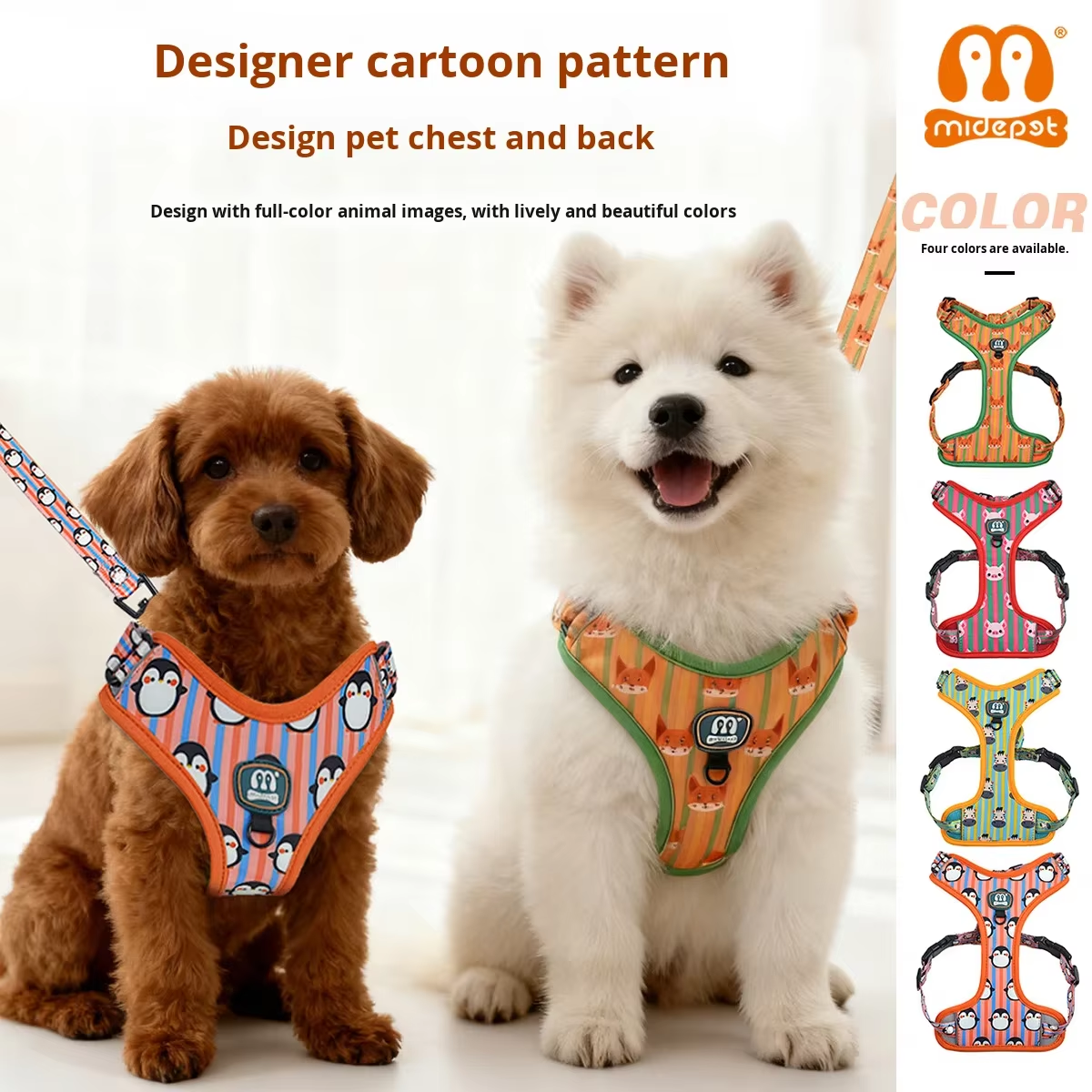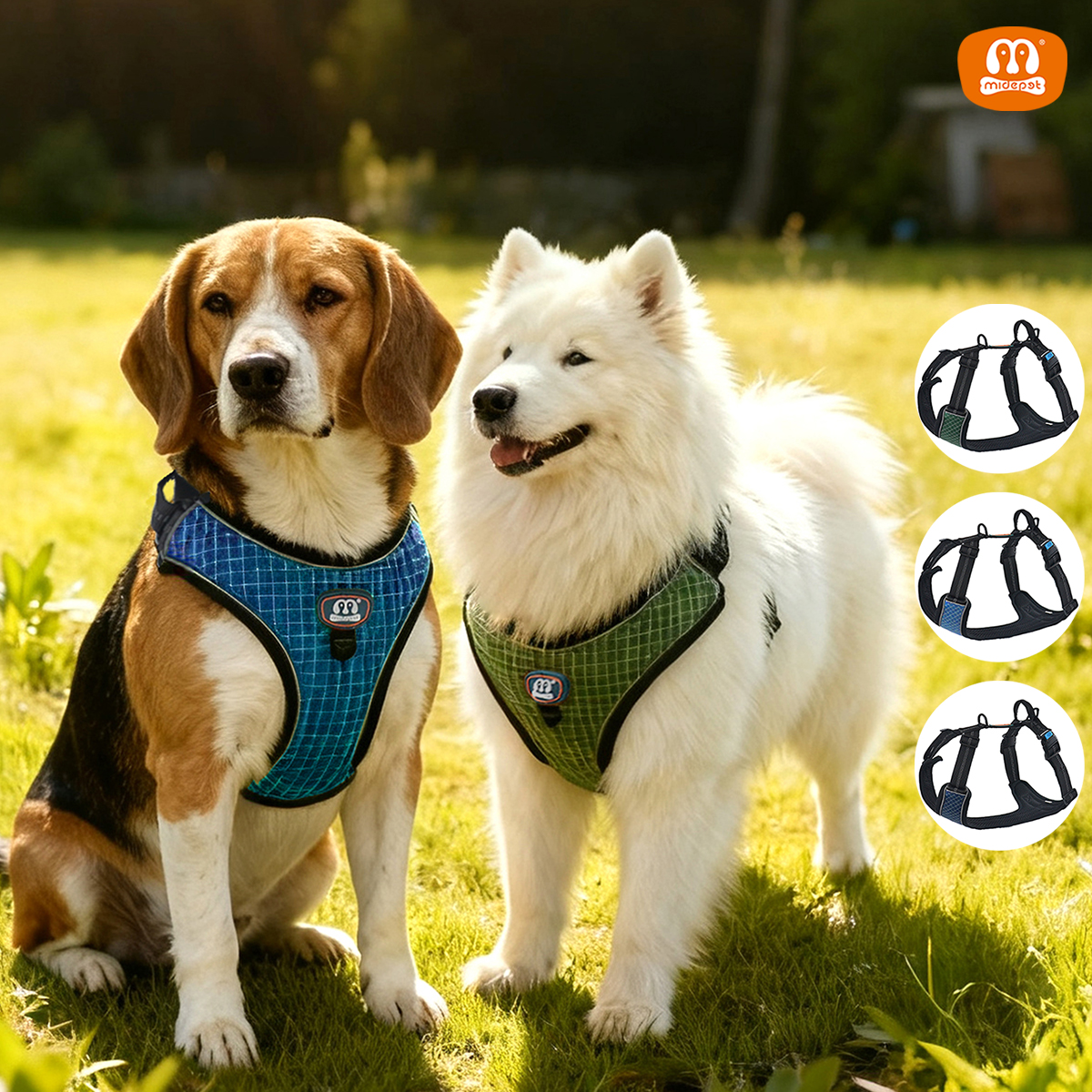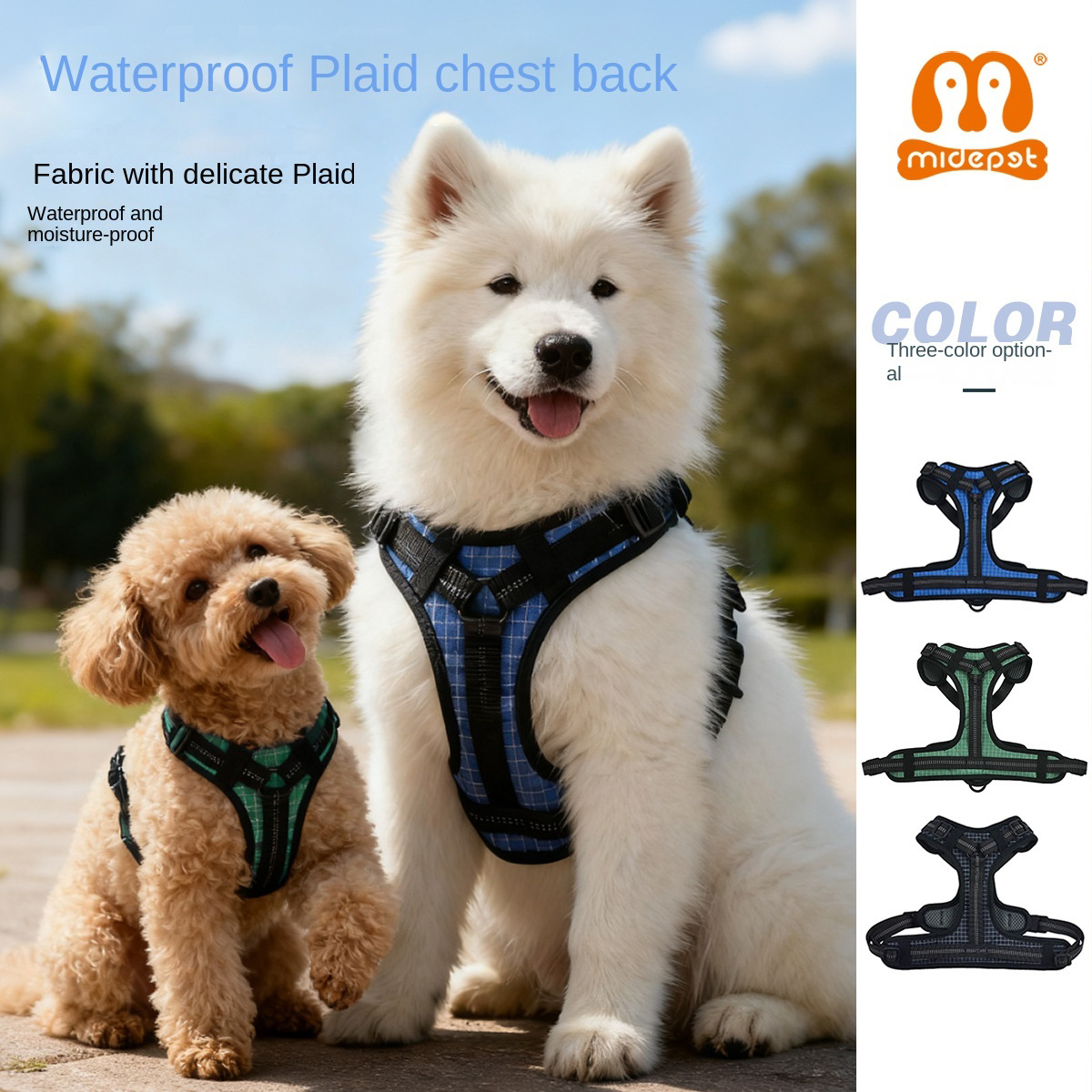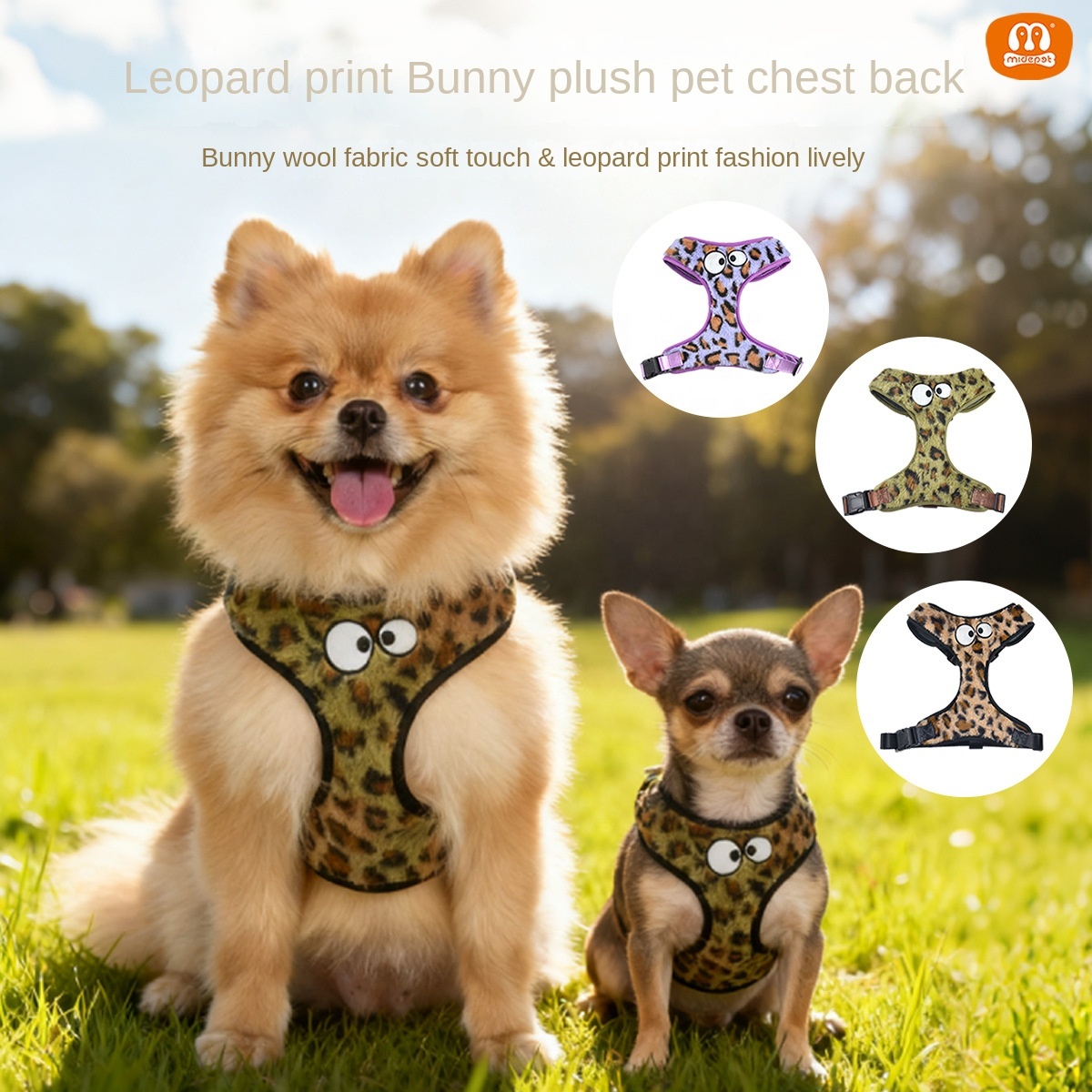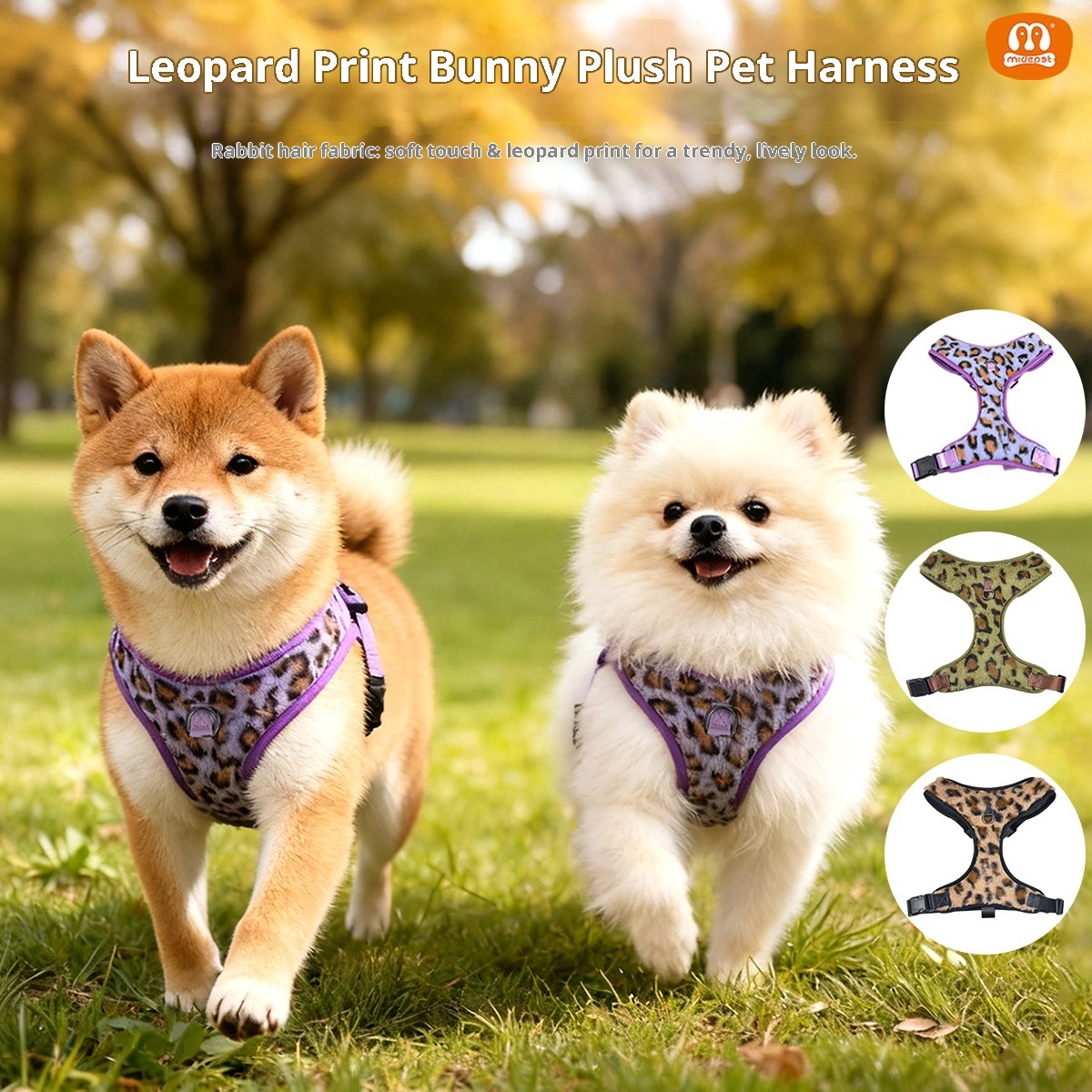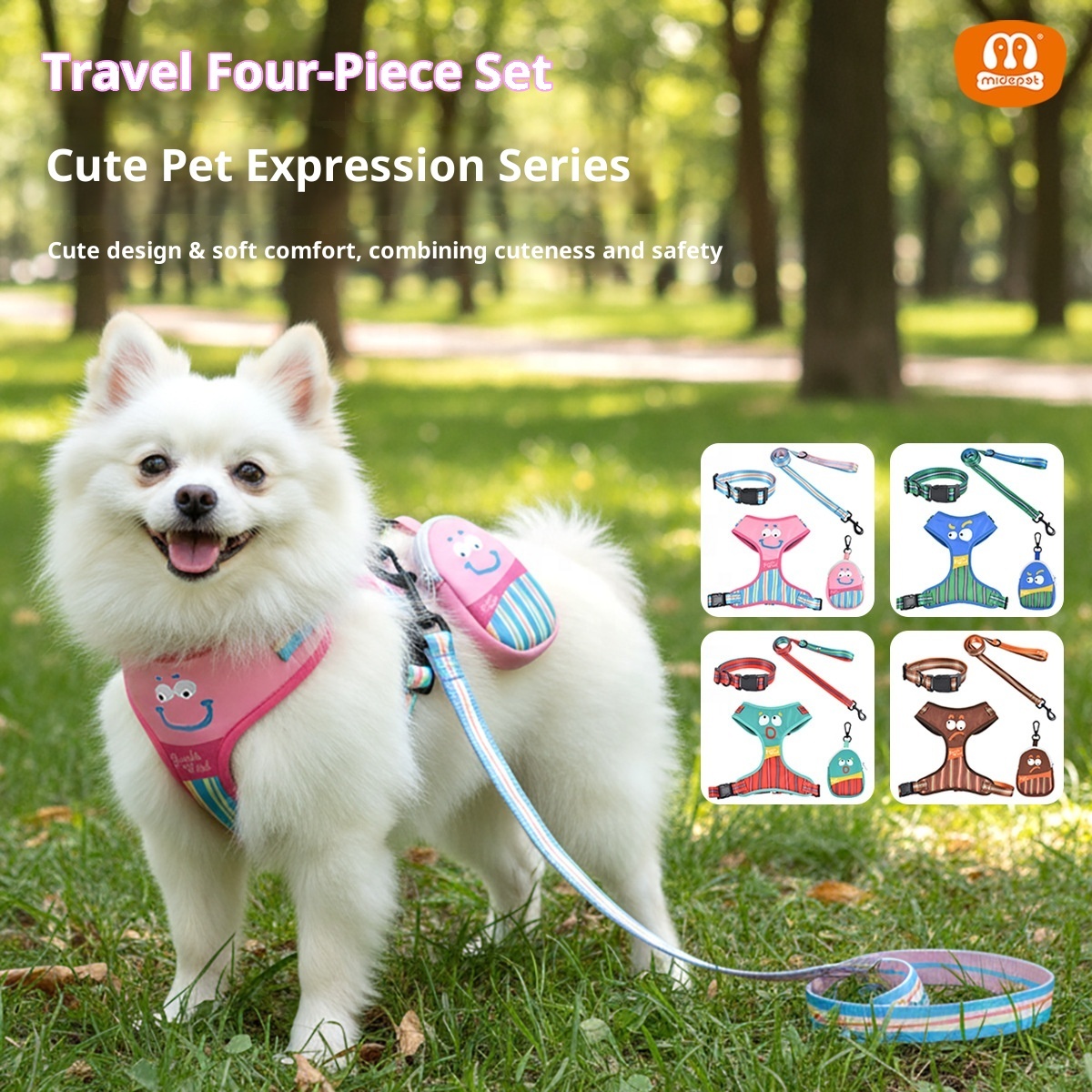Why do Dogs Bring You Toys
Why do Dogs Bring You Toys
Introduction
Have you ever noticed that your dog's eyes are always full of anticipation when they bring you a toy? This behavior is not just out of play; it reflects your dog's rich emotional and social needs. Understanding the reasons behind this behavior can help you better interact with your dog and enhance your relationship. This article will reveal why dogs bring their toys to you and provide retailers with some recommended toy options for their customers.
Instinctive Behavior of Dogs
Social Behavior in Dogs
Dogs are highly social animals and they use a variety of behaviors to build and strengthen bonds with their owners. Bringing toys to you is one way they express attachment and seek attention. When a dog places a toy in front of you, they may be inviting you to participate in a game, which is a great way to build an emotional connection.
Hunting and Play Instincts
Dogs' hunting instincts drive them to use toys as part of their hunting behavior. In their natural environment, dogs will satisfy their instinctual needs by catching prey, and toys become a substitute for this behavior. When dogs bring toys to you, they may be simulating hunting behavior and want you to participate.
Reasons Dogs Bring Toys
Dogs want to play with you seek interaction
When dogs bring toys to you, they may be seeking interaction with you. By doing so, dogs get your attention and invite you to play with them. This behavior not only enhances your relationship, but also provides entertainment and exercise. For example, a dog may bring you his favorite ball in hopes that you will toss it and let him chase it.
A dog showing off its toys
Sometimes dogs bring toys to you to show off their "trophies". This behavior reflects the dog's pride in the toy and their anticipation of you. They want you to appreciate and recognize their toys so they can get more attention and appreciation.
Toys as Rewards
Dogs sometimes view toys as reward items, especially during training and positive reinforcement. When a dog accomplishes a task or behavior, they may use the toy to reward themselves or hope that you will reward them. This behavior helps them build positive associations with the toy while also enhancing your interaction.
Conveying Emotions
Dogs use toys to express emotions, such as joy or anxiety. When they bring a toy to you, they may be seeking comfort or expressing their emotional state. For example, a dog who is feeling anxious may bring his favorite toy, hoping to gain your comfort and attention in this way.

The Psychology Behind the Behavior
Attachment Theory
Attachment theory explains the emotional connection dogs have with their owners. When a dog brings a toy to you, they may be reinforcing that attachment. Dogs see you as a safe place to cling to and through this behavior they are strengthening the emotional bond between you.
Play and Learning
Through play, dogs not only have fun, they also learn and explore the world. Toys play an important role in this process, helping dogs develop intelligence and social skills. Dogs bring toys to you as part of their exploration and learning, and as a way to share the fun with their owners.
Socialization Needs
A dog's need for socialization drives them to seek out interactions with their owners. Toys serve as a medium to help dogs fulfill these needs. When dogs bring toys to you, they are fulfilling their own socialization needs while also seeking interaction and connection with you.
How to Respond to Your Dog's Behavior
Positive Response and Interaction
Positive responses and interactions when your dog brings a toy to you can increase your dog's trust and attachment. Spending time playing with your dog and responding to their behavior will make your dog feel valued and cared for.
Avoid Mistaken Responses
Some common ways to respond incorrectly include ignoring your dog's behavior or showing impatience with it. Such responses may weaken your dog's self-confidence and sense of attachment. The right thing to do is to remain patient and actively participate in your dog's play.
Promoting Healthy Play
Choosing the right toys to support your dog's healthy play is key. Make sure the toys are safe, durable and meet your dog's play needs. For example, bite-resistant toys and educational toys are good choices to help keep your dog active and healthy.

Conclusion
Dogs bringing toys to you reflects their rich emotional and social needs. By understanding the reasons behind this behavior, you can better respond to your dog's needs and enhance your relationship. Choosing the right toys will not only fulfill your dog's needs, but also enhance their well-being and health.
Frequently Asked Questions (FAQ)
Why do dogs bring toys to bed?
Dogs may bring toys to bed in search of more comfort and closeness, a behavior that combines a comfort zone with a toy.
How can I help my dog reduce anxiety through toys?
Choosing appropriate comfort toys, such as soft plush toys, can help reduce anxiety in dogs. By providing soothing toys, you can make your dog feel safe and relaxed.
Do dogs exhibit particular behaviors for specific toys?
Yes, dogs may exhibit special behaviors with specific toys, such as having a strong attachment to a particular toy or being particularly excited when playing with it.

Related Product Recommendations
When dogs bring toys to you, they may be seeking interaction, shared pleasure or your company. Understanding these needs, here are some recommendations for toys that can enhance this interactive experience, suitable for retailer display, as well as wholesale options to meet different needs:
Bite-resistant toys: such as high-quality rubber or nylon toys for dogs who like to chew. Dogs are usually inviting you to play with them when they bring these toys to you. These durable toys can appeal to consumers in retail stores, but are also suitable for wholesale purchases to meet bulk demand.
Interactive Toys: Toys such as puzzle toys or stuffed snacks can stimulate a dog's intelligence and interest. If dogs bring these toys to you, they may want you to engage in play. Retailers can display these toys to attract customers looking for interactive toys. Wholesale purchasing of these toys can provide a diverse selection to meet market demand.
Comfort Toys: Soft plush toys or sound-making toys that provide comfort for dogs. If a dog brings these toys to you, they may be seeking comfort. Retailers can meet consumer demand by displaying these comfort toys, while also considering wholesale purchases for more competitive pricing.
Customized Dog Toys: Provide customers with customized toy services, such as toys with special designs or brand logos. Such customized products are suitable for retailer displays as well as being offered to bulk customers through wholesale purchasing.
By choosing these recommended toys, you can not only boost sales in your store, but also fulfill a variety of customer needs. Whether you are a retailer or a wholesaler, we have the right product and service for you.


